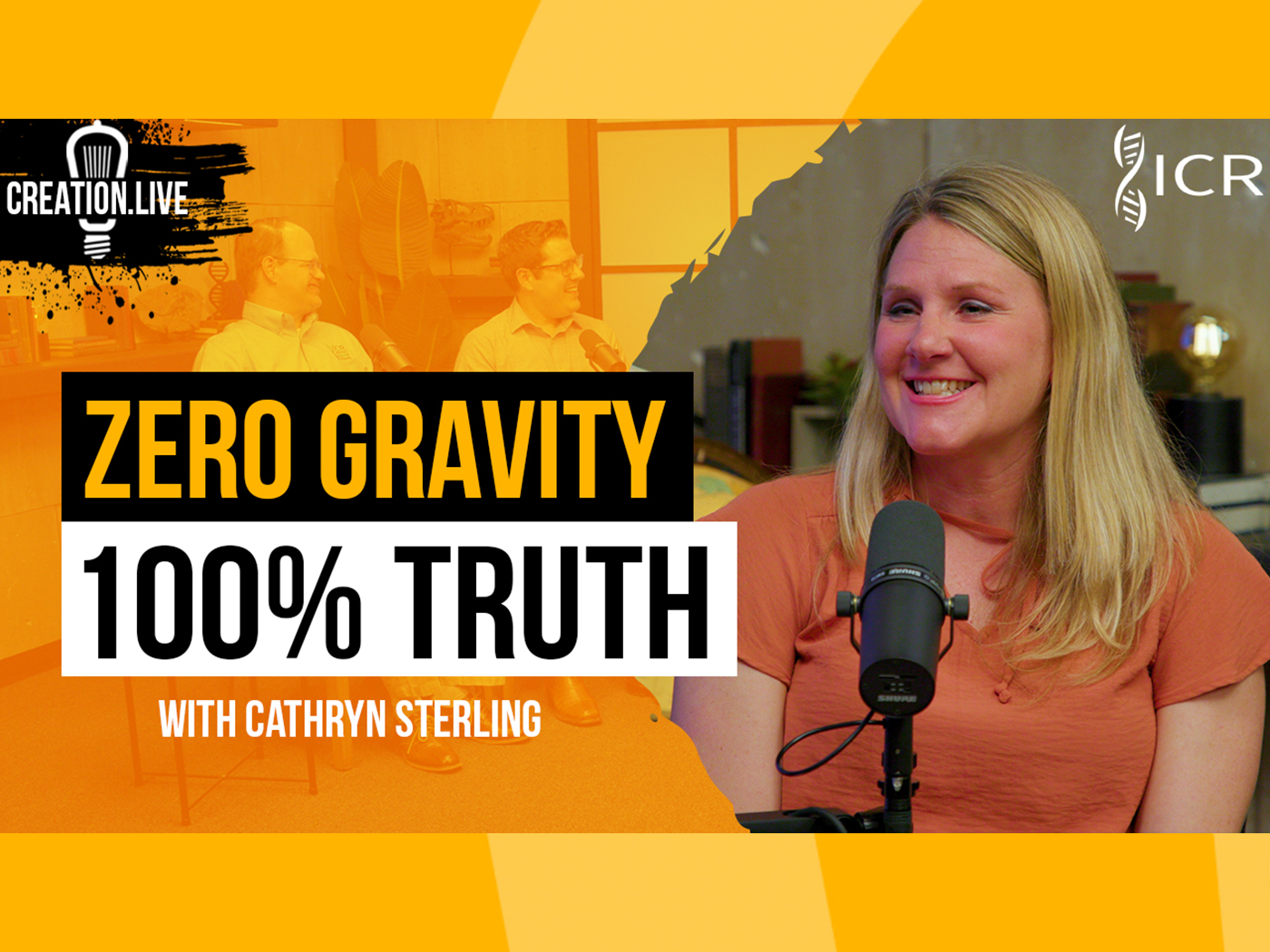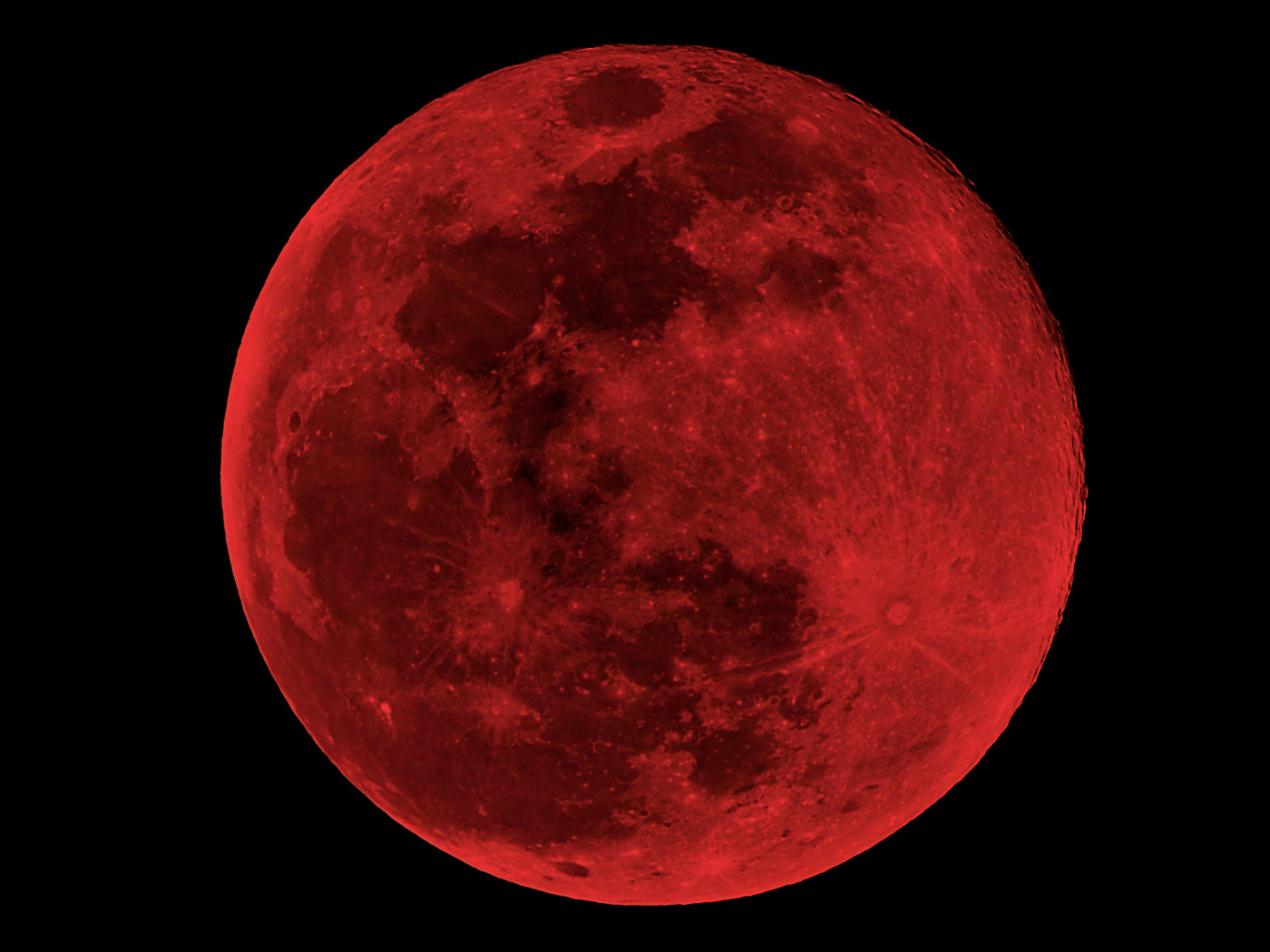Evolutionists have often foisted conclusive pronouncements of new “knowledge” upon the public, only to retract them later with a “We now know…” kind of comment. For example, for decades the age of the earth was said to be 2 billion years, but “we now know” it is 4.5 billion.1 And as geologist Andrew Snelling has documented,2 different radioactive decay procedures have been used to estimate the ages of Grand Canyon rocks, but have yielded only a jumbled confusion of perpetually-changing dates.
The coelacanth was once “known” to be a unique fish that existed 400 million years ago before it evolved into a terrestrial creature with proto-legs. But the discovery in 1938 of a living coelacanth, and the observation that these fish are deep marine dwellers with no interactions near land, forced a revision to the story—instantly erasing 400 million years of evolutionary change and removing the coelacanth from its former status as a “transitional form.”
Another example of an evolutionary “oops” is Java Man. For decades, a small fossil skullcap was touted as an evolutionary ancestor to humans, but now “the current consensus of anthropologists is that the direct ancestors of modern humans were African populations…rather than the Asian populations exemplified by Java Man.”3
In 1993, Time magazine’s cover splashed the title “The Truth about Dinosaurs—Surprise: just about everything you believe is wrong.”4 The feature article suggested that contrary to the general perceptions about dinosaurs, they were not necessarily dim-witted, not necessarily cold-blooded, cared for their young, traveled in packs, were possibly brightly colored, and were not entirely extinct because they evolved into modern-day birds.
Given this well-characterized tendency of evolutionary scientists to render confident conclusions that turn out to be based on their evolutionary worldview more than on the data, we have cause to doubt a recent pronouncement from astrophysicist Neil deGrasse Tyson in Parade magazine declaring that we now know the age of the universe. To his credit, he admits embarrassment that science has been unable to calculate the “correct” date until now. Some cosmologists have been convinced that the universe is 10 billion years old, and others that it is 20 billion. He assures us, however, that the Hubble Space Telescope has given us accurate enough measurements of star distances to know for sure that “the universe was born 14 billion years ago.”5
Not only does the evolutionists’ history of ever-changing “knowledge” cast doubt on this apparent revelation, but additional problems exist. Unsupported assumptions lie behind the calculations that Tyson describes in his article, including the “cosmological principle” (which assumes that the universe has no center), the value of Hubble’s constant, the existence of dark matter and dark energy, the “inflation hypothesis,” and the effective absence of a Creator.
Nor does the model that produces this updated age for the universe account for the “horizon problem.” There are points in the universe separated by billions of light years, but they all have the same temperature. According to the evolutionary model, there would have to have been at least twice the 14 billion years claimed by Tyson for the radiation to have spread across the great distances and even out the temperature. Interestingly, creation cosmologists have rigorously demonstrated the feasibility of a very, very young universe.6 Given a different but entirely reasonable set of starting assumptions, the physics of a young universe are consistent with widely-recognized scientific principles.
Creation scientists don’t object to new discoveries. On the contrary, it is the questionable interpretation and then presentation of those discoveries that is at issue. Considering the flaws in evolutionary theory and the many times evolutionary scientists have had to change their conclusions, one would think that new pronouncements would begin with “our best guess is,” or “given these assumptions,” or “although we do not know certainly, we think…”. In the meantime, we will have our saltshakers handy because if the history of evolution-based “science” is any indication, then we will have to take the latest news with more than a few grains.
References
- England, P. C., P. Molnar,and F. M. Richter. 2007. Kelvin, Perry and the Age of the Earth. American Scientist. 95 (4): 342-349.
- Snelling, A. 2004. Radioisotope Dating of Grand Canyon Rocks: Another Devastating Failure for Long-Age Geology. Acts & Facts. 33 (10).
- Java Man. Wikipedia.org. Accessed June 25, 2008.
- Lemonick, M. D. 1993. Rewriting the Book on Dinosaurs. Time. 141 (17).
- Tyson, N. D. 2008. For the Love of Hubble. Parade, June 22.
- Hartnett, J. 2007. Starlight, Time and the New Physics. Powder Springs, GA: Creation Book Publishers.
* Mr. Thomas is Science Writer.
Article posted on June 27, 2008.













